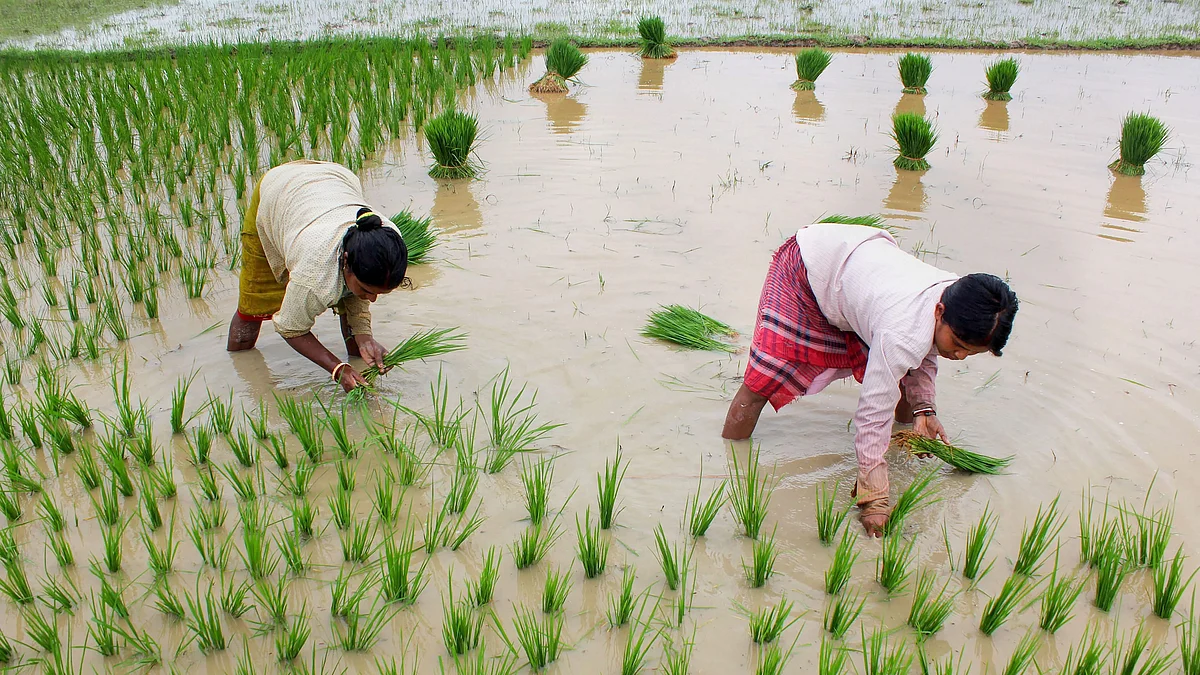Record rainfall distortions in 2025 monsoon affect India’s agriculture
Crisil Rainfall Distortion Index cites how excess rains cover majority of kharif areas but could benefit rabi season

India’s southwest monsoon in 2025 was marked by highly uneven rainfall, with significant implications for the country’s agriculture, according to Crisil’s latest report, The Crisil Rainfall Distortion Index: Evaluating the Spatial Skews in Rains.
Overall rainfall reached 108 per cent of the long-period average (LPA), similar to 2024, but excess rains were far more widespread, covering 58 per cent of India’s kharif-growing area compared with 42 per cent in 2024.
Ten key states including Maharashtra, Rajasthan, Madhya Pradesh, Gujarat, Telangana, Punjab, Haryana, Jammu and Kashmir, Uttarakhand, and Himachal Pradesh have recorded surplus rainfall.
Punjab and Rajasthan, in particular, experienced above-normal precipitation throughout much of the season, with Punjab seeing abnormally high rainfall except in July.
By mid-October, cumulative pan-India rainfall was 27 per cent above the LPA, with extreme surpluses in Punjab (478 per cent), Haryana (390 per cent), and Rajasthan (371 per cent).
Crisil’s proprietary Rainfall Distortion Index (RDI) captures not just the volume but also the geographical spread of abnormal rainfall, weighted by its impact on crops.
The 2025 monsoon recorded an RDI of 18.7, the highest positive reading in 14 years, indicating both widespread and excessive rainfall across key kharif states.
Past RDI trends have been linked to fluctuations in agricultural output: while kharif crops are sensitive to both excess and deficient rainfall, rabi crops generally benefit from surplus monsoon rains.
Excess rainfall can sometimes negatively affect kharif yields due to waterlogging and pest attacks. Nevertheless, the abundant 2025 rains are expected to replenish groundwater and reservoir levels, supporting irrigation and benefiting the upcoming rabi season.
The report notes that excessive rainfall in October or during critical growing periods could still cause localised crop damage.
Compared with previous years, 2025 had the highest incidence and widest spatial spread of excess rainfall since 2022, underscoring evolving rainfall patterns and associated agricultural risks. The recurrent surplus in key kharif states in recent seasons highlights the need for adaptive crop planning and risk mitigation strategies to safeguard farmers’ livelihoods.
Follow us on: Facebook, Twitter, Google News, Instagram
Join our official telegram channel (@nationalherald) and stay updated with the latest headlines
